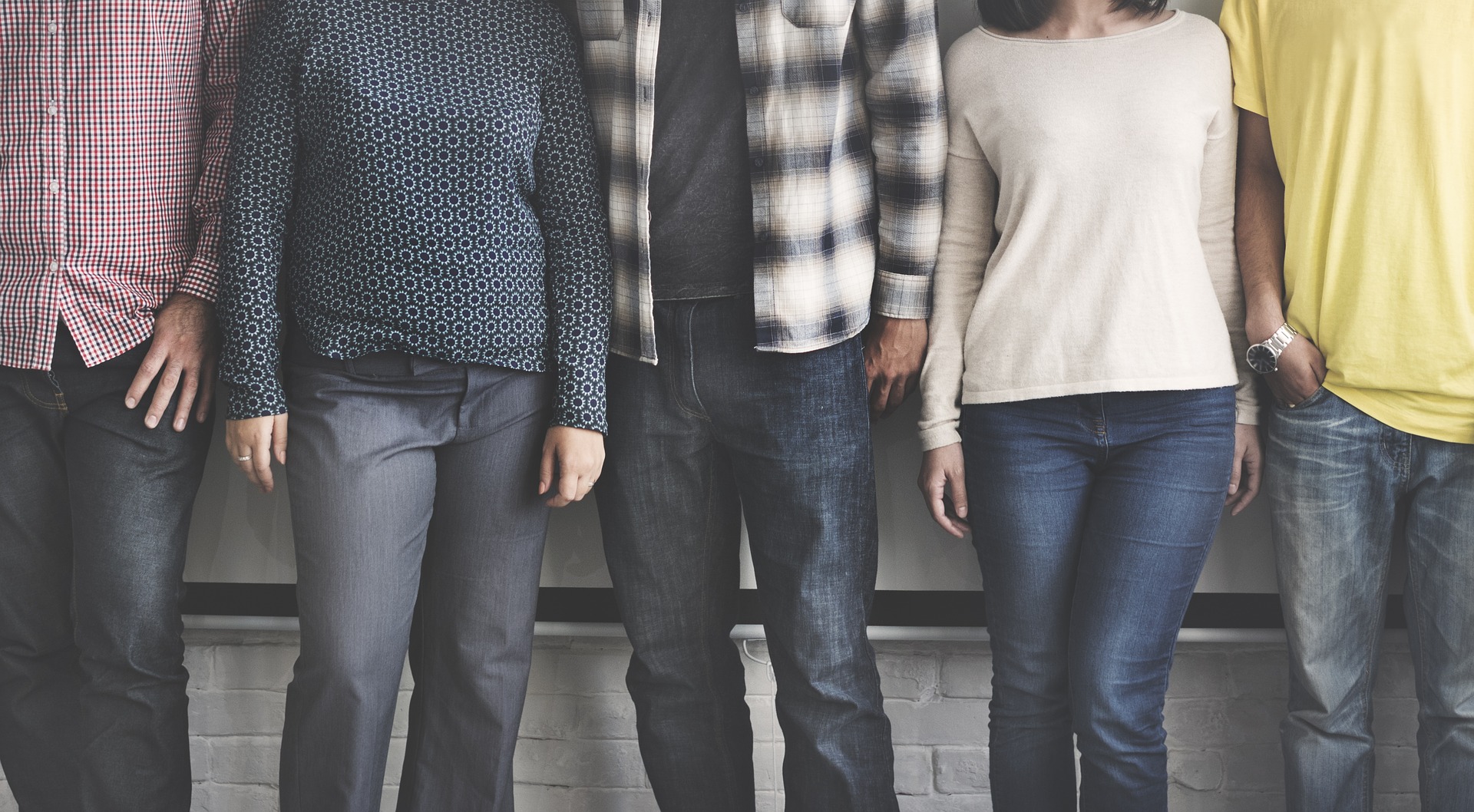Council adopts Single-Use Plastic Directive
On 21 May, the Council adopted the text of the Directive on the reduction of the environmental impact of certain single use plastic items, after almost a year of negotiations with the European Parliament[1]. The European Commission presented the proposal for the single use plastics (SUP) Directive on 29 May 2018[2], and it represents one of the measures spelled out in the communication on the European Strategy for Plastics that the Commission published in January 2018[3].
The Directive focuses on the 10 most found SUP items and fishing gear, which together account for around 70% of the marine litter items found on European beaches by count[4]. Its objectives are to prevent and reduce the impact of these plastic products on the environment and to promote the transition towards a circular economy[5].
The Directive applies to the products listed in the Annex, namely food containers, cups for beverages, cotton bud sticks, cutlery plates, stirrers and straws, sticks for balloons and balloons, packets and wrappers, beverage containers, their caps and lids, tobacco product filers, wet wipes and sanitary towels, lightweight plastic carrier bags and fishing gear.
“Plastic” is defined by Article 3(1) of the Directive as a polymer within the meaning of Article 3(5) of the Regulation on the Registration, Evaluation, Authorisation and Restriction of Chemicals (REACH), the main piece of EU legislation dealing with chemicals, with the exception of natural polymers that have not been chemically modified.
To achieve the objectives, the Directive embeds a broad definition of SUP products. Article 3(2) defines “single-use plastic product” as a “product that is made wholly or partly from plastic and that is not conceived, designed or placed on the market to accomplish, within its life span multiple trips or rotations by being returned to a producer to refill or re-used for the same purpose for which it was conceived”.
The Directive foresees various measures for the categories of product, which may overlap, i.e. some product categories are addressed by multiple measures.
The measures are the following:
- Consumption reduction measures[6]: Member States have to take the necessary measures to achieve “an ambitious and sustained reduction” and a “measurable quantitative reduction in the consumption” of cups for beverages and food containers by 2026 compared to 2022. These measures shall be proportionate and non-discriminatory and can include national consumption reduction targets, economic instruments ensuring that these products are not provided free of charge and appropriate measures.
- Restrictions[7]: products made from oxo-degradable plastics and cotton bud sticks, cutlery, plates, straws, stirrers, sticks for balloons and balloons and food and beverage containers made of expanded polystyrene cannot be placed on the market.
- Product requirements[8]: plastic caps and lids can be placed on the market only if they remain attached to the containers. In addition, beverage bottles containing PET can be placed on the market only if they contain at least 25% recycled plastic by 2025; and from 2030, beverage bottles can be placed on the market only if the contain at least 30% recycled plastic.
- Marking requirements[9]: sanitary items, wet wipes, tobacco products with filters and cups for beverages must bear clearly legible and indelible marking on their packaging or the product itself to inform the consumers of the appropriate waste management measures and the presence of plastic in the product, together with the negative impact of littering or other inappropriate means of waste disposal of the product in the environment.
- Extended producer responsibility[10]: for almost all the SUP products, Member States have to set up extended producer responsibility (EPR) schemes that cover the costs of awareness raising, waste collections, cleaning up and data gathering.
- Separate collection[11]: Member States have to take the necessary measures to collect for recycling, by 2025, 77% of the waste from beverage bottles, including their caps and lids; and by 2029, 90% of such waste.
- Awareness raising measures[12]: Member States have to take measures to inform consumers on the environmental impact of the food containers, packets and wrappers, beverage containers, cups for beverages, wet wipes, balloons, lightweight plastic bags, tobacco products with filters, sanitary towels, and the availability of re-usable alternative, re-use systems, waste management options, the impact of littering and inappropriate means of waste disposal.
In many regards, the Directive overlaps, complements or conflicts with the measures contained in the revised Waste Framework Directive and the Packaging and Packaging Waste Directive. According to Recital 9, the SUP Directive is lex specialis to the other two Directives, therefore in case of conflict the SUP Directive shall prevail.
Member States will have two years from the date of entry into force of the Directive to adopt the necessary laws, regulations and administrative provisions to comply with the Directive[13].
Within six years after the transposition deadline, that is 2027, the European Commission will carry out an evaluation of the Directive to assess whether the Directive or the Annex need to be changed[14].
[1] Directive on the reduction of certain plastic products on the environment, available at https://eur-lex.europa.eu/legal-content/EN/TXT/?uri=uriserv:OJ.L_.2019.155.01.0001.01.ENG&toc=OJ:L:2019:155:TOC.
[2] European Commission, Proposal for a Directive on the reduction of the impact of certain plastic products on the environment, available at .
[3] European Commission, A European Strategy for Plastics in a Circular Economy, available at .
[4] European Commission, Proposal for a Directive on the reduction of the impact of certain plastic products on the environment, available at .
[5] Article 1, Directive on the reduction of certain plastic products on the environment.
[6] Id., Article 4.
[7] Id., Article 5.
[8] Id., Article 6.
[9] Id., Article 7.
[10] Id., Article 8.
[11] Id., Article 9.
[12] Id., Article 10.
[13] Id., Article 17.
[14] Id., Article 15.
Laureata in Giurisprudenza all’Università di Bologna nel 2013 con 110 e lode con tesi in diritto internazionale, consegue nel 2016 doppio Master in Diritto Internazionale alla Facoltà di Legge dell’Università di Georgetown e in Politiche Ambientali alla Scuola di Affari Internazionali di Parigi – SciencesPo.
Ha completato tirocini al Tribunale Speciale per il Libano a L’Aia, al Center for International Environmental Law a Washington D.C. e alla Commissione Europea a Bruxelles. Ha lavorato per due anni in quanto consulente per compagnie multinazionali, associazioni di imprese e organizzazioni non governative in una compagnia di public affairs e comunicazione a Brussels, specializzandosi in sostanze chimiche, economia circolare, sostenibilità, product design, settore tessile, commercio internazionale e diritti umani.
È iscritta all’Ordine degli Avvocati di Bologna da Ottobre 2020 e, da gennaio 2021, all’Ordine degli Avvocati di Bruxelles in quanto avvocato stabilito.
Lavora come Associate presso Fieldfisher LLP., a Bruxelles, nel dipartimento EU Regulatory, Competition and Trade, dove si occupa della legislazione europea in materia di sostanze chimiche, prodotti fitosanitari, legislazione sul prodotto e dispositivi medici.




